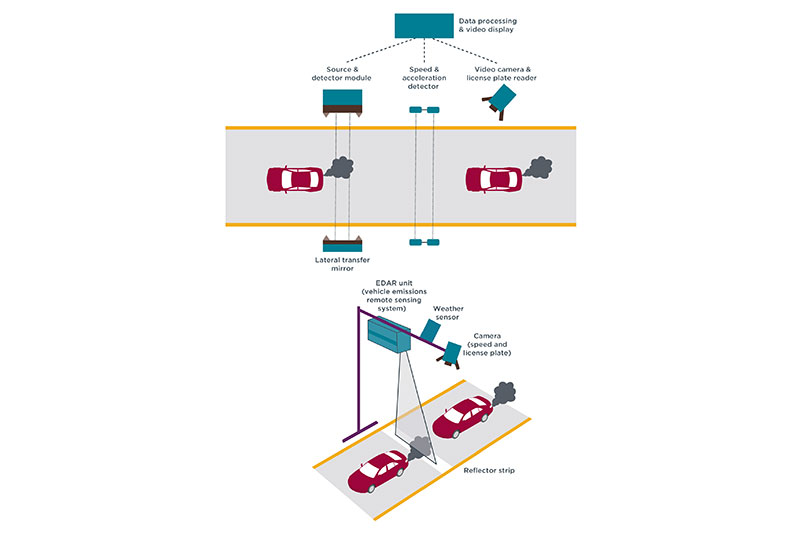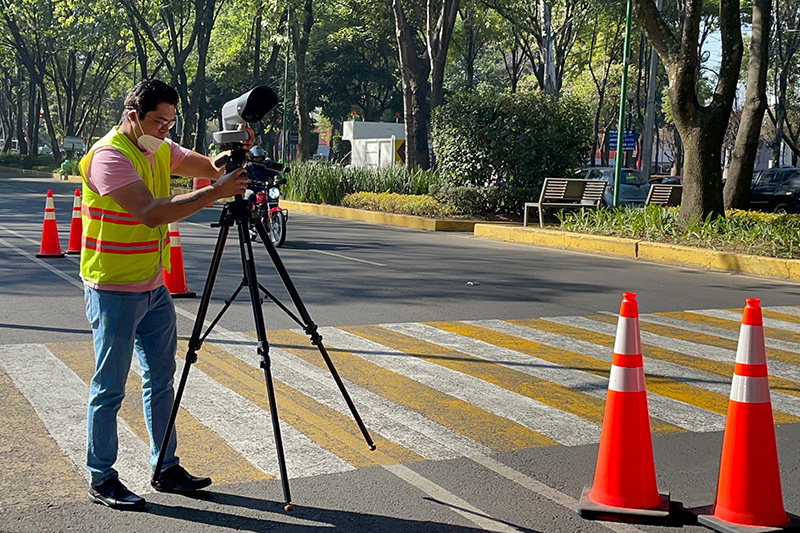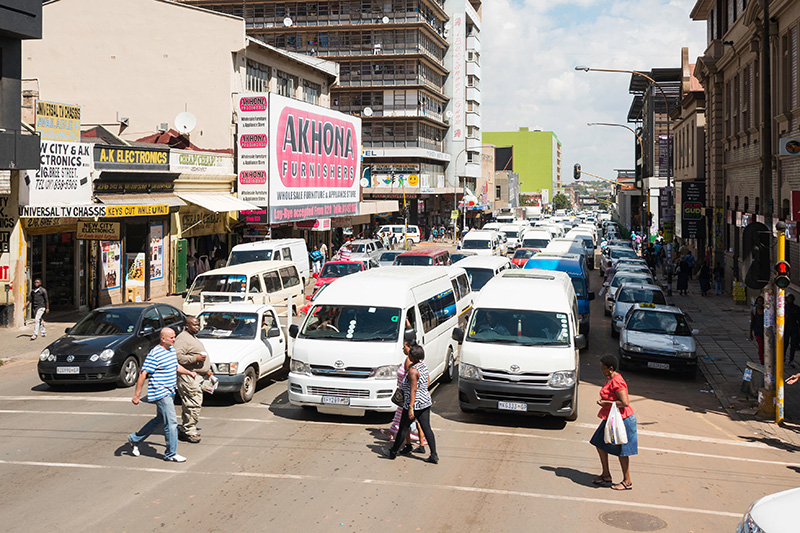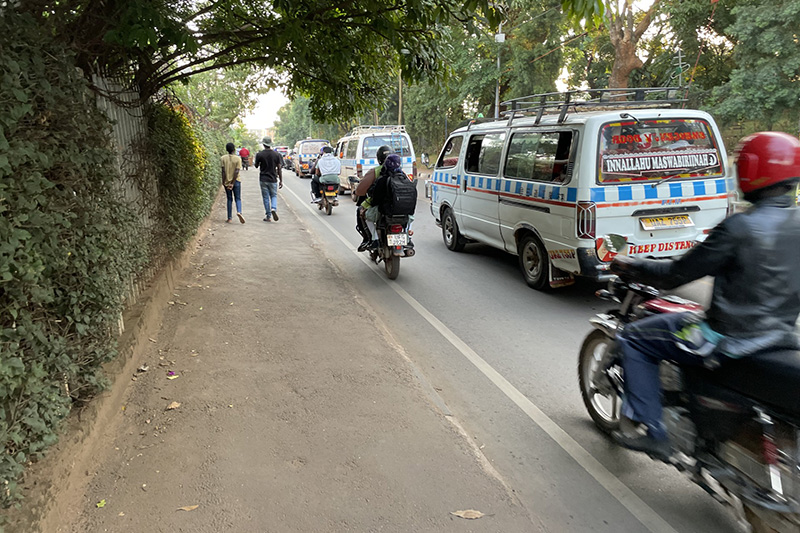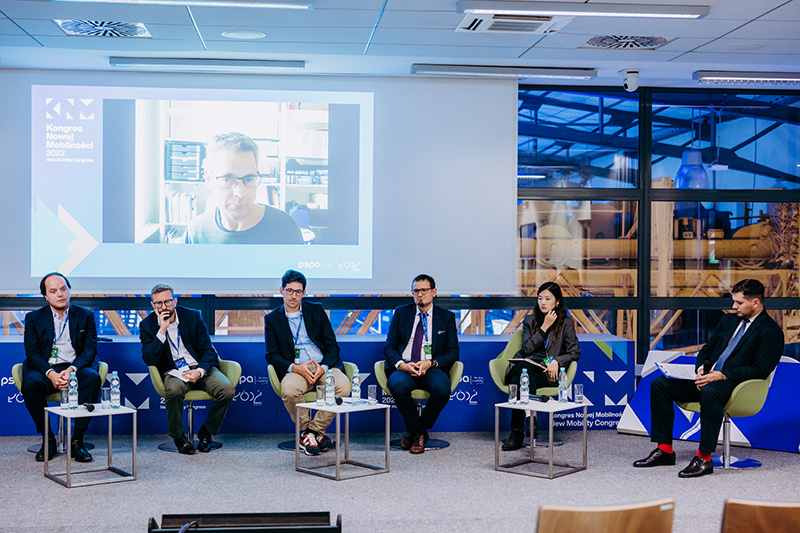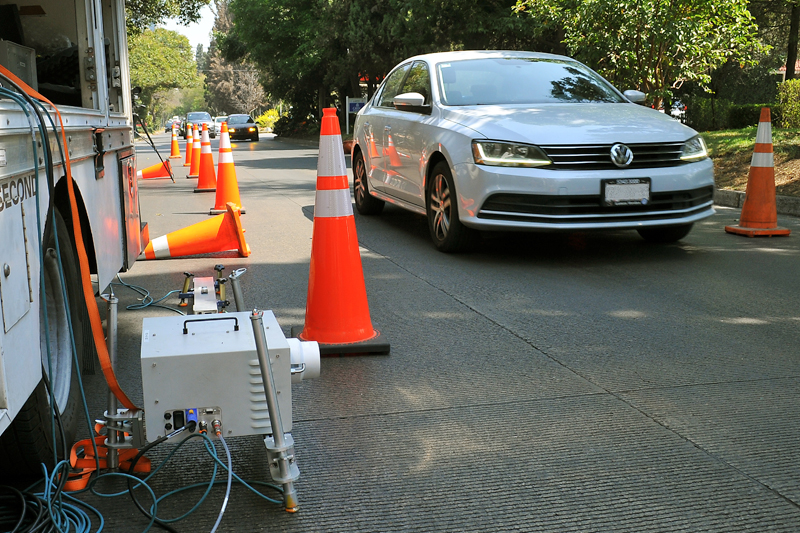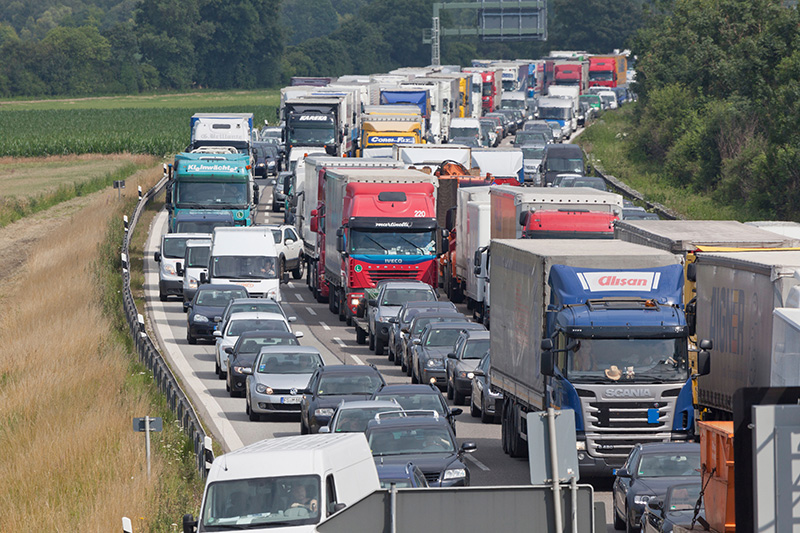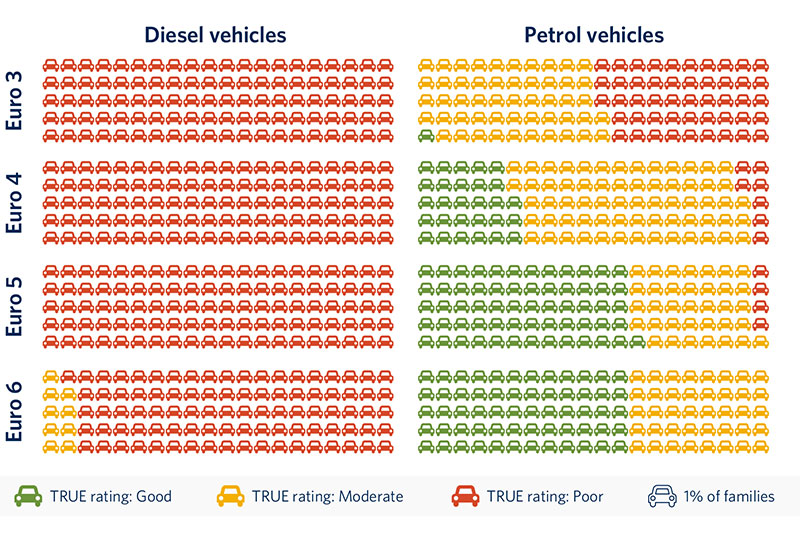New ICCT paper highlights role of remote sensing in understanding real-world vehicle emissions
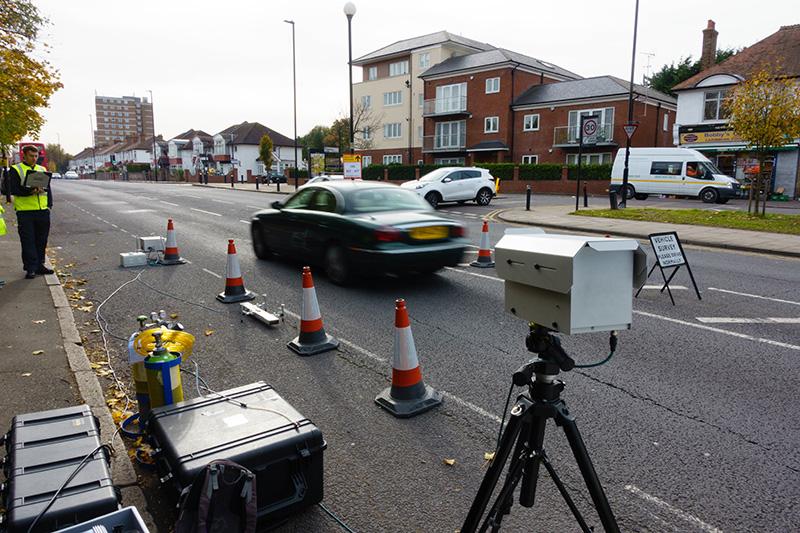
In the post-dieselgate world, it is more apparent than ever before that real-world data are needed to understand the true emissions and air quality impacts of motor vehicles.
For researchers and regulators, real-world emissions data are critical to understand how vehicle emissions on roadways differ from those in the very controlled conditions of laboratory testing. For policymakers, such information can shed light on the role vehicles play in urban air quality problems and is integral to developing effective policy solutions. And finally, information on real-world emissions performance can help consumers to make informed purchasing choices.
A number of different real-world emissions measurement methods exist today, including portable emission measurement systems (PEMS) and remote sensing. Each of these methods has its own unique strengths; however, neither can provide us with all the information we need to know about real-world emissions. In the absence of such a “silver bullet” emissions measurement method, it is important to understand how existing methods can be efficiently applied to help us answer pressing questions about real-world vehicle emissions.
To support this goal, the International Council on Clean Transportation (ICCT) has published a white paper which provides a comprehensive overview of vehicle remote sensing. The paper provides technical details of the vehicle remote sensing test method, describes the multiple types of emissions analyses that can be conducted with remote sensing data, and explores areas where remote sensing can supplement emission test methods currently used in the European Union light-duty vehicle regulatory program.
One of the most important characteristics of remote sensing relative to other measurement methods is its ability to measure emissions from a large number of vehicles in a relatively short period of time. This means the method is well suited for fleet characterization and market surveillance applications. Through the TRUE initiative, remote sensing is now being applied in London and Paris to help inform these cities and their citizens about emissions from their respective in-use vehicle fleets. As these cities and others grapple with vehicle related air pollution problems, remote sensing will be a critical tool in the real-world emissions toolbox.
Read the ICCT's report, "Remote sensing of motor vehicle exhaust emissions".
